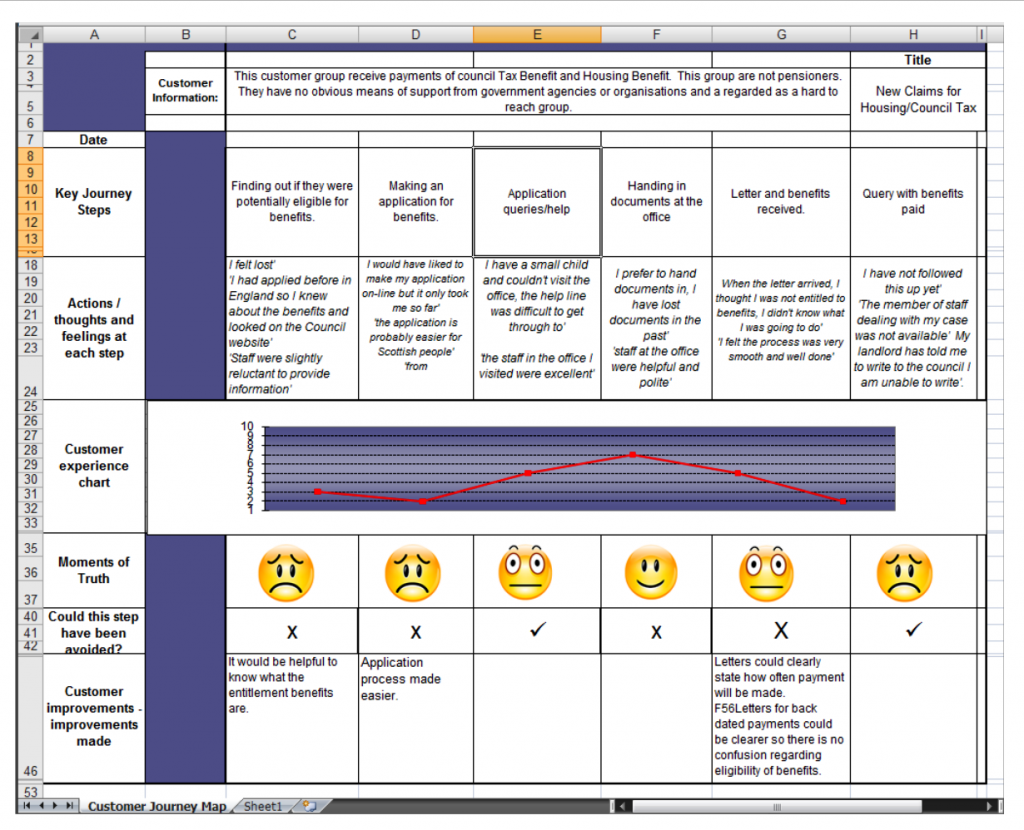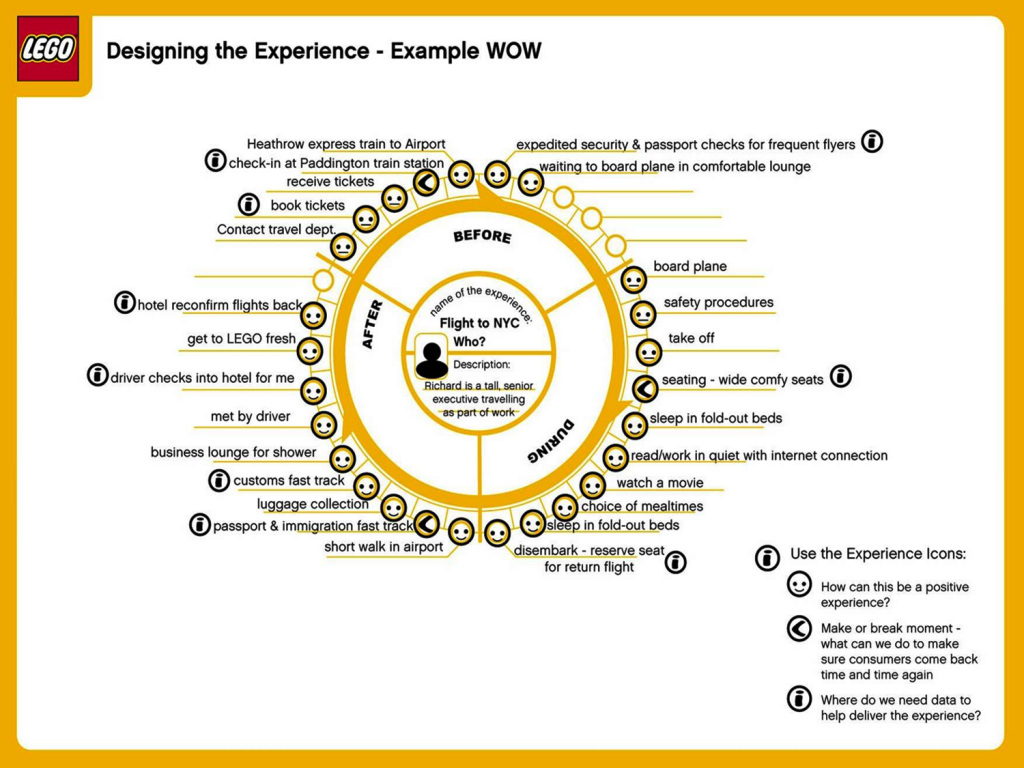The quickest drivers of time management is visualization, focus and clarity. What I talked about the other day is to have an action step with your reference material in hand, Evolution of Standard Work in my Sales and Marketing and Even Seinfeld used Standard Work. Be able to complete the task without having to look for anything. This will help both clarity and from the visual aspect since the supporting material is right there. Amazing how you can just reach for something and get side tracked sometimes.
The other area that is neglected is focus. So how do you focus? There are 2 areas external distraction and internal – self-inflicted. In your home office, make sure there is a door. Open means you can be disturbed and closed means you can’t. You want to focus – close the door! Don’t have your e-mail or Skype pop up if it distracts you. Give yourself 10 minutes an hour, every two hours or something that you do that. Leave other members on the team know that you check and accept messages at the top of the hour for 5 minutes during your time zone of focus.
From Wikpedia:
When I want to get a task done, I use The Pomodora Technique . A time management method developed by Francesco Cirillo in the late 1980s. This technique uses a timer to break down periods of work into 25-minute intervals called 'Pomodoros' (from the Italian word for 'tomatoes') separated by breaks. Closely related to concepts such as timeboxing and iterative and incremental development used in software design, the method has been adopted in pair programming contexts. The method is based on the idea that frequent breaks can improve mental agility.
There are five basic steps to implementing the technique:
- Decide on the task to be done
- Set the pomodoro (timer) to 25 minutes (I use a tomato timer by the way)
- Work on the task until the timer rings; record with an x
- Take a short break (5 minutes)
- Every four "pomodoros" take a longer break (15–20 minutes)
The above is the technique as described in literature. You may find a slightly different time works for you but the secret is to go full bore –a sprint than take a break. The reverse analogy of the tortoise and the hare. It actually works very well. Try doing it for a call session of two hours broken into 4 pomodoros. But make sure you don’t have to get up to reach or touch anything during that time. Let team members know that if they want to call you do so at the top of the hour. You may have to lengthen the break for 10 minutes or to handle outside distractions. But it is important that you do the sprint.
I actually use this technique in writing all the time. The first 15 minutes I just force myself to write and don’t stop. I stop for a minute and start again. If I slow up I just press the space bar at a slower rate. I do this twice equaling 30 minutes. The next 30 minutes after a break I edit what I wrote. Then I go back and start over. I repeat this over and over. I will typically edit it one or two times more but you get my drift. A great book on the subject of overcoming writer’s block is Accidental Genius. A mind map is located on the Business901 Mindmap page.
Related Book: Pomodoro Technique Illustrated
Related Information:
Kanban too simple To be Effective?
The importance of PDCA in Marketing
Even Seinfeld used Standard Work
The SDCA Cycle Description for a Lean Engagement Team







